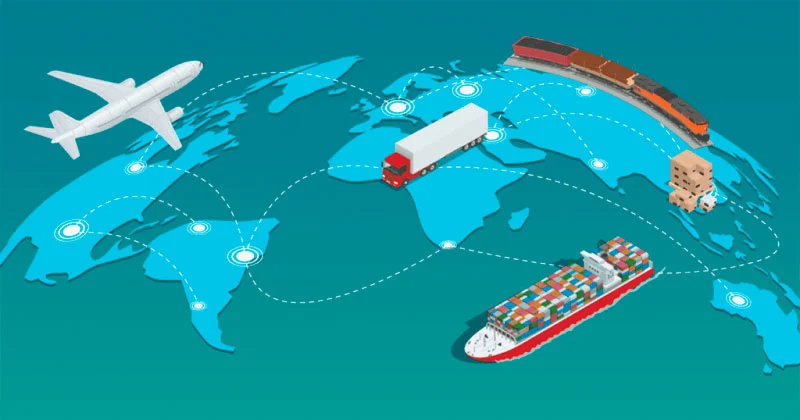Content
As with any executive position, it takes a great deal of time and work experience to become a CTO. An online bachelor’s degree in business or IT is a great starting point. In Cybersecurity and Information Assurance to prepare for the business responsibilities that come with the role.
- They often earn master’s degrees as well, again in computer sciences or mathematics fields—though more general MBAs are common as well.
- “The role of the CTO continues to evolve,” says Craig Stephenson, managing director for the North America Technology Officers Practice at organizational consulting firm Korn Ferry.
- They have a broad vision of internal business processes and can think strategically.
- CTOs should go out of their way to make sure good work gets recognized.
- R&D teams are involved in learning new technologies, build POCs, and try to build solutions that can help a business to be more productive and effective.
- Their role is to translate the vision and mission of the company, identify pitfalls and find pragmatic solutions, as well as be committed to building a culture that works.
- Knowledge of a variety of technologies gained through working in different IT-related positions.
In other words, small businesses often rely on CTOs as bonafide leaders who can offer strategic guidance for the organization at hand. Since it is an executive-level position, there are a lot more responsibilities on CTO’s shoulder. This C-suite or chief-suite constitutes the senior-most executives responsible for the core strategic direction of the organisation. During the ‘egg’ stage of a startup, the main responsibility of the executives is to prove the practical applicability of a business idea and supervise the plan of action. Also, CTOs might be involved in building the first iteration or MVP of a startup’s projects. The need for this capability is justified since CTOs are in charge of gathering dev teams.
Chief Technical Officer Responsibilities
Reviewing products or systems to determine their potential value to the company. Monitoring management of all hardware, software, databases, and licenses. Chief Information Officer and Chief Technology Officer are two important executive roles in an organization. A leader who can lead a team of people and make them believe in his or her vision. A CTO should be a people person when needed and also be a ruthless executioner when it comes to executing his or her plans.

The position of a Chief Technology Officer has no clear-cut responsibilities. Based on the company’s size and maturity, CTOs can take over both executive-level and strictly technical tasks. For example, overseeing servers, operating systems, cto roles and responsibilities and interacting with offshore web developers. In any case, technology leaders unlock the technology potential of a company and help navigate the evolving landscape. The head of technology is a hybrid of an executive and a lead developer.
Create the perfect job posts and post it to 2000+ job boards
You will work directly under the CEO and will act as both a technology and business expert, making decisions that will impact the current and future operations of the company. As you’ve might have picked up, the CTO’s role and responsibilities need to be flexible even working for one company. The larger the business, the more management levels there are between a CTO and employees executing practical tech-related tasks. Typically, the role of a CTO will depend on the company itself, including positions they have covered and what their industry demands. We’ve put together a customizable list that you can use for a CTO job description. This Chief Technology Officer job description template is optimized for posting to online job boards or careers pages.

At this juncture, the CTO is a senior executive which is several levels away from the hands-on task execution. They are the face of the tech-department in the public sphere and represent the company at conferences and other professional events. The CTO is always staying alert to new trends in technology and remains the lead product architect and system administrator.
CTO (Chief Technology Officer) job description
A solid education in a technology-related field forms the foundation of a CTO’s professional training. Typically, CTOs come from an educational background in Computer Science, Information Technology, Engineering, or Mathematics. Plus, like we’ve mentioned previously, they’ll need to have a knowledge of disruptive and advanced technologies, including AI, ML, and big data. Without these, they’ll be unable to set a strategic course for a company.
Create and execute a strategic plan; identify the exact resources necessary to put the plan into action; and oversee the entire process from start to finish. In contrast, CIO improves the Collaborating process with ISPs and vendors to drive productivity. They are known as the “growth hackers” of an organisation because they are responsible for changing and handling a company’s technicalities through innovative tech ideas. Although the taxonomy is quite broad, companies usually get to choose between two functions of a CTO.
Identify Technology Solutions
Each position contributes to the company’s day-to-day functioning, either internally or externally, and participates in the company’s profit growth, in the case of the CIO, and revenue growth, with the CTO. Storm3 has a deep network of skilled senior software engineers who are experienced in following https://globalcloudteam.com/ the entire software development cycle. HealthTech leaders are on the lookout for Chief Technology Officers who are well-versed in technical knowledge and curious to keep updated with the continual evolution of technology. They have an extremely high strategic capacity and uphold a big-picture mindset.

You may need to use or oversee equipment and tools for assembling or manufacturing prototypes, products, and services. Your scope of work will also include hiring and training new team members including maintaining quality, efficiency, and budget. You should have previous onsite experience managing construction and installation projects. Partners with business units to ideate, experiment and incubate new opportunities that reduce cost and improve the quality of care and operations. Strong operational background and ability to oversee the design of broadcast production and distribution systems and processes.
Job summary 4
The CTO also develops strategies to increase revenue and performs a cost-benefit analysis and return-on-investment analysis. Chief technology officers are executive leaders who design and oversee technology strategies, procedures and practices. They ensure an organization has the technological resources to deliver top-performing products and services and meet business goals.

